When Words Fail: The Power of Meme Reactions in Communication
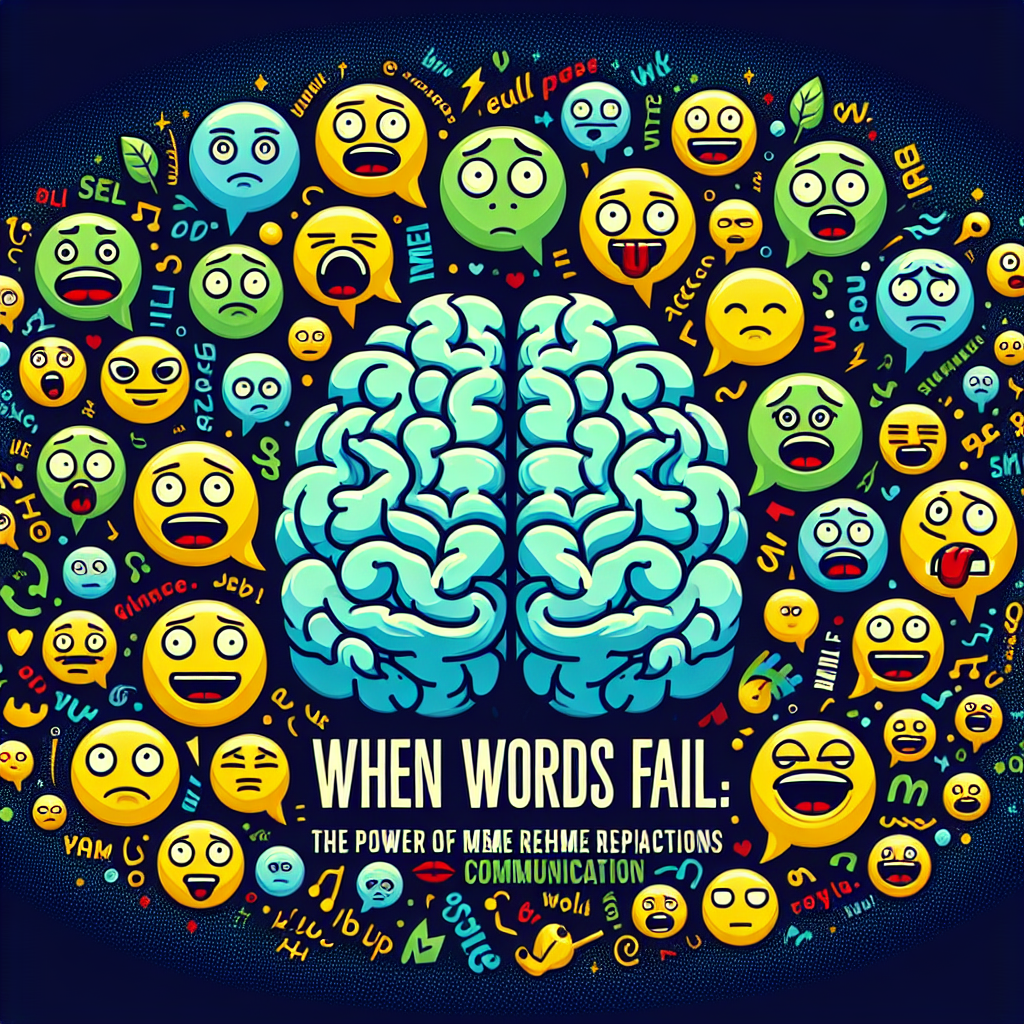
Table of Contents
- Table of Contents
- Understanding Memes
- H2: The Psychology Behind Memes
- H3: Relatability and Shared Experience
- H3: Cognitive Ease
- The Role of Memes in Modern Communication
- H2: Meme Reactions vs. Traditional Communication
- H3: Emotional Impact
- H3: Simplicity and Clarity
- The Impact of Memes in Marketing and Business
- H2: Viral Marketing
- H3: Cost-Effective Strategies
- H2: Case Studies
- Challenges of Meme Communication
- H2: Cultural Sensitivity
- H2: Over-Saturation
- The Future of Meme Communication
- H2: Evolving Formats
- H2: Integration with Other Media
- Conclusion
In an increasingly digital world, the way we communicate is evolving. Traditional text-based communication, while still prevalent, is being supplemented and often replaced by visual means, such as memes and emojis. This article delves into the phenomenon of meme reactions, exploring how they enrich our conversations, evoke emotions, simplify complex ideas, and, crucially, serve as powerful communication tools when words simply fail.
Table of Contents
- Understanding Memes
- The Psychology Behind Memes
- The Role of Memes in Modern Communication
- Meme Reactions vs. Traditional Communication
- The Impact of Memes in Marketing and Business
- Challenges of Meme Communication
- The Future of Meme Communication
- Conclusion
Understanding Memes
Memes, in the context of communication, refer to humorous images, videos, or text that are copied and spread rapidly by internet users, often with slight variations. They serve as a shorthand for expressing complex emotions or ideas, making communication more accessible and relatable.
External Link: For a more in-depth understanding of memes, you may refer to Merriam-Webster.
H2: The Psychology Behind Memes
Memes resonate deeply with human psychology for several reasons. They often leverage humor, relatability, and cultural references that make them easily digestible. According to a study published in the journal Computers in Human Behavior, visual elements, including memes, tend to engage users more effectively than text alone.
H3: Relatability and Shared Experience
Memes often reflect shared experiences, cultural moments, or emotions, allowing users to feel a sense of connection with one another. This is particularly important in a time when face-to-face interactions are limited.
H3: Cognitive Ease
The human brain is wired for visual learning. Information presented visually is easier to process, leading to quicker understanding and retention. Memes tap into this psychological principle, making them effective communication tools.
The Role of Memes in Modern Communication
Memes bridge the gap between complex ideas and simple understanding, frequently turning abstract concepts into relatable content. As people continue to seek concise communication in a fast-paced digital economy, the role of memes has only become more prominent.
H2: Meme Reactions vs. Traditional Communication
While traditional text-based communication may offer in-depth explanations, it can also lead to misunderstandings or misinterpretations. Memes, on the other hand, can convey emotion and context instantaneously.
H3: Emotional Impact
Memes can evoke stronger emotional responses than text alone. A well-placed meme can convey sadness, joy, sarcasm, or even outrage, making it an invaluable asset in personal and professional conversations.
H3: Simplicity and Clarity
In an age of information overload, the simplicity of memes aids in distilling complicated ideas into easily understandable snippets. For instance, a meme about workplace burnout resonates with many who may feel the pressure but may struggle to articulate it.
The Impact of Memes in Marketing and Business
Besides personal communication, memes are increasingly being used in marketing and business strategies. Brands are now tapping into meme culture to engage with younger audiences, driving interaction and boosting brand visibility.
H2: Viral Marketing
Memes have the potential to go viral, reaching widespread audiences almost instantaneously. Campaigns that successfully utilize memes often see heightened engagement levels and improved brand perception.
H3: Cost-Effective Strategies
Creating memes can be a cost-effective marketing strategy compared to traditional advertising methods. By leveraging existing meme formats, businesses can quickly capitalize on current trends, saving time and resources.
Internal Link: For more insights on digital marketing strategies, refer to our article on Cost-Effective Marketing Techniques.
H2: Case Studies
Several brands have effectively used memes to promote their products or services:
-
Dunkin’ Donuts: By utilizing meme formats that resonate with younger audiences, Dunkin’ successfully engaged with consumers on social media platforms, improving its brand visibility.
- Netflix: The streaming giant uses memes to promote new releases, tapping into trending topics and cultural references to spark conversation and engage viewers.
Challenges of Meme Communication
Despite their benefits, using memes in communication does come with challenges. Misinterpretation, overuse, or the potential to alienate certain audiences can hinder effective communication.
H2: Cultural Sensitivity
Memes often rely on cultural references, which can lead to misunderstandings across different demographics. What is humorous to one group may be offensive to another.
H2: Over-Saturation
As memes become more ubiquitous, the effectiveness of their impact may diminish. Over-reliance on memes can lead to fatigue, where audiences start to overlook or ignore the content.
The Future of Meme Communication
As technology advances, so too will the methods of meme communication. AI-generated memes, for instance, offer exciting possibilities, allowing for a more personalized and tailored experience.
H2: Evolving Formats
With the rise of animated GIFs and videos, the landscape of meme communication will likely continue to evolve. Brands and individuals will need to adapt to keep content engaging and relevant.
H2: Integration with Other Media
The future may also see memes being integrated with other forms of communication, such as augmented reality (AR) or virtual reality (VR), further enhancing user experience.
Conclusion
When words fail, memes step in to bridge the communication gap. Their power lies in their ability to convey emotions, simplify complex ideas, and engage audiences in ways traditional text cannot. As we continue to navigate an increasingly digital landscape, understanding and effectively utilizing memes can enhance both personal and professional communication.
In a world where brevity and relatability are king, the art of meme communication is not merely a trend—it is a critical element of modern discourse.
External Link: To explore more on the impact of memes, visit Harvard Business Review.
Internal Link: For additional insights on communication strategies, check our article on Effective Business Communication.
This article aims to provide an in-depth look at the power of memes in communication while remaining professional and informative. By leveraging both external and internal links, it seeks to enhance the reader’s understanding and engagement.
Latest Posts
You Might Also Like

Lorem ipsum dolor sit amet, consectetur adipiscing elit. Ut elit tellus, luctus nec ullamcorper mattis, pulvinar dapibus leo.
TOP NEWS
Copyright © 2025 FunnyShowStreaming.site | All rights reserved.



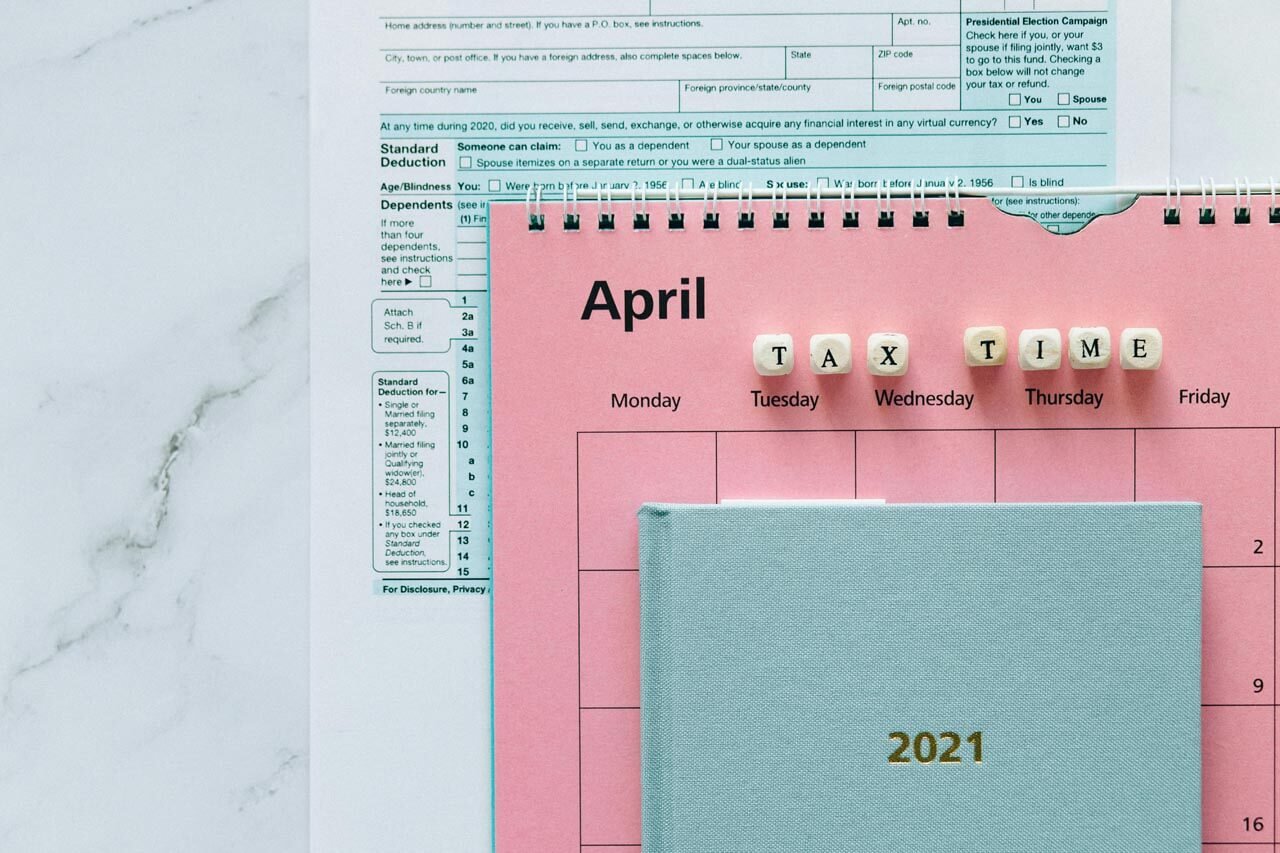


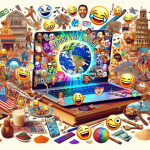





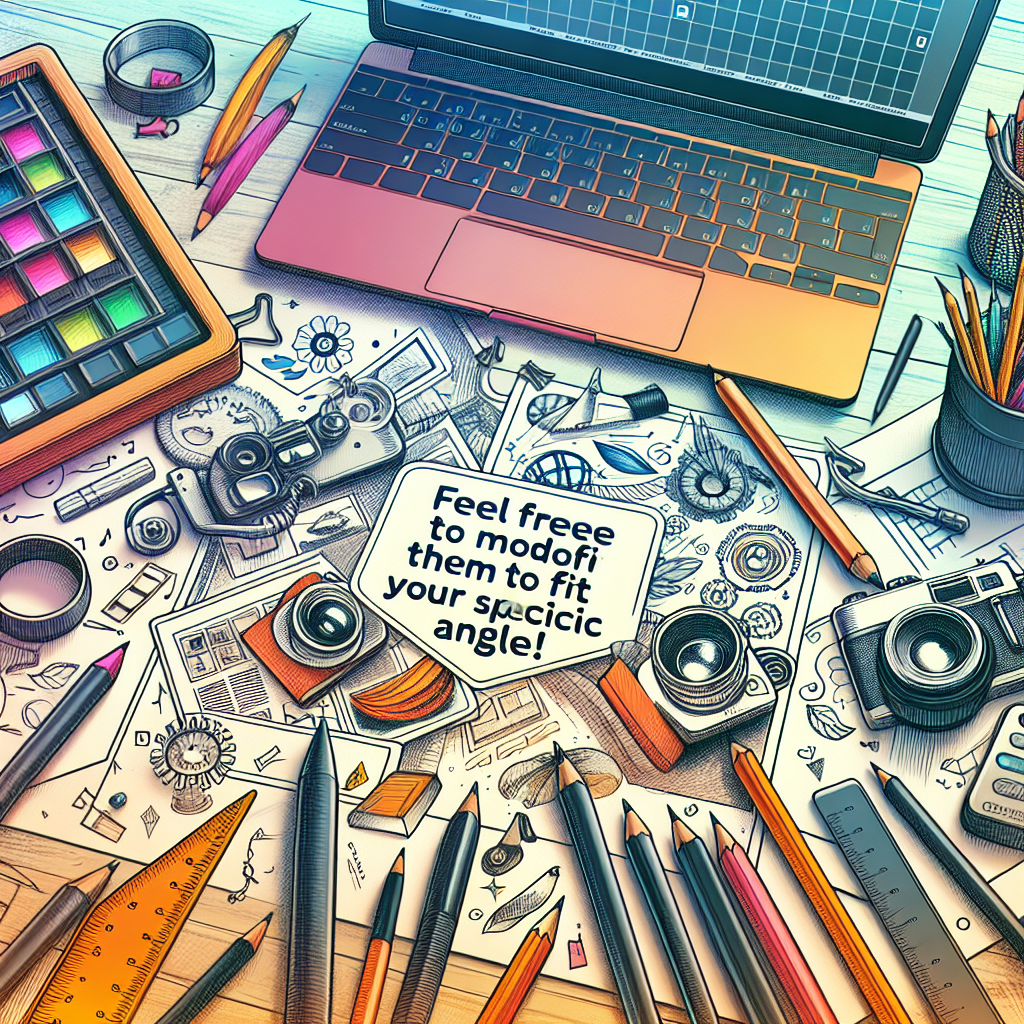
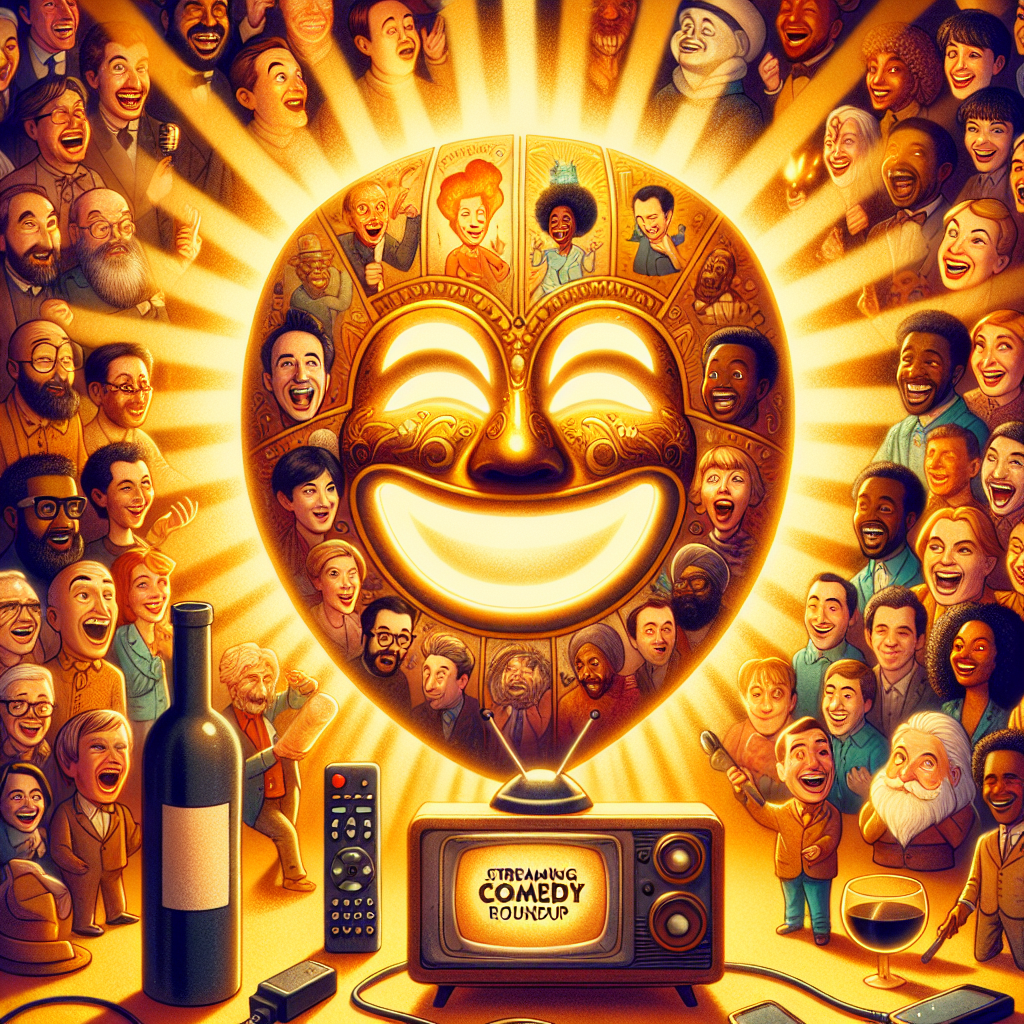





Comments are off for this post.